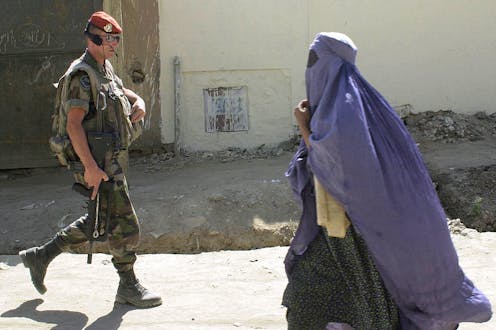

Authors: Sara Rahnama, Assistant Professor of History, Morgan State University
Read more



